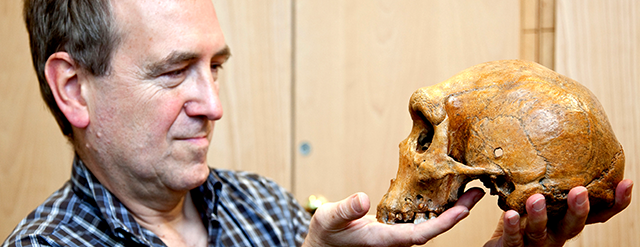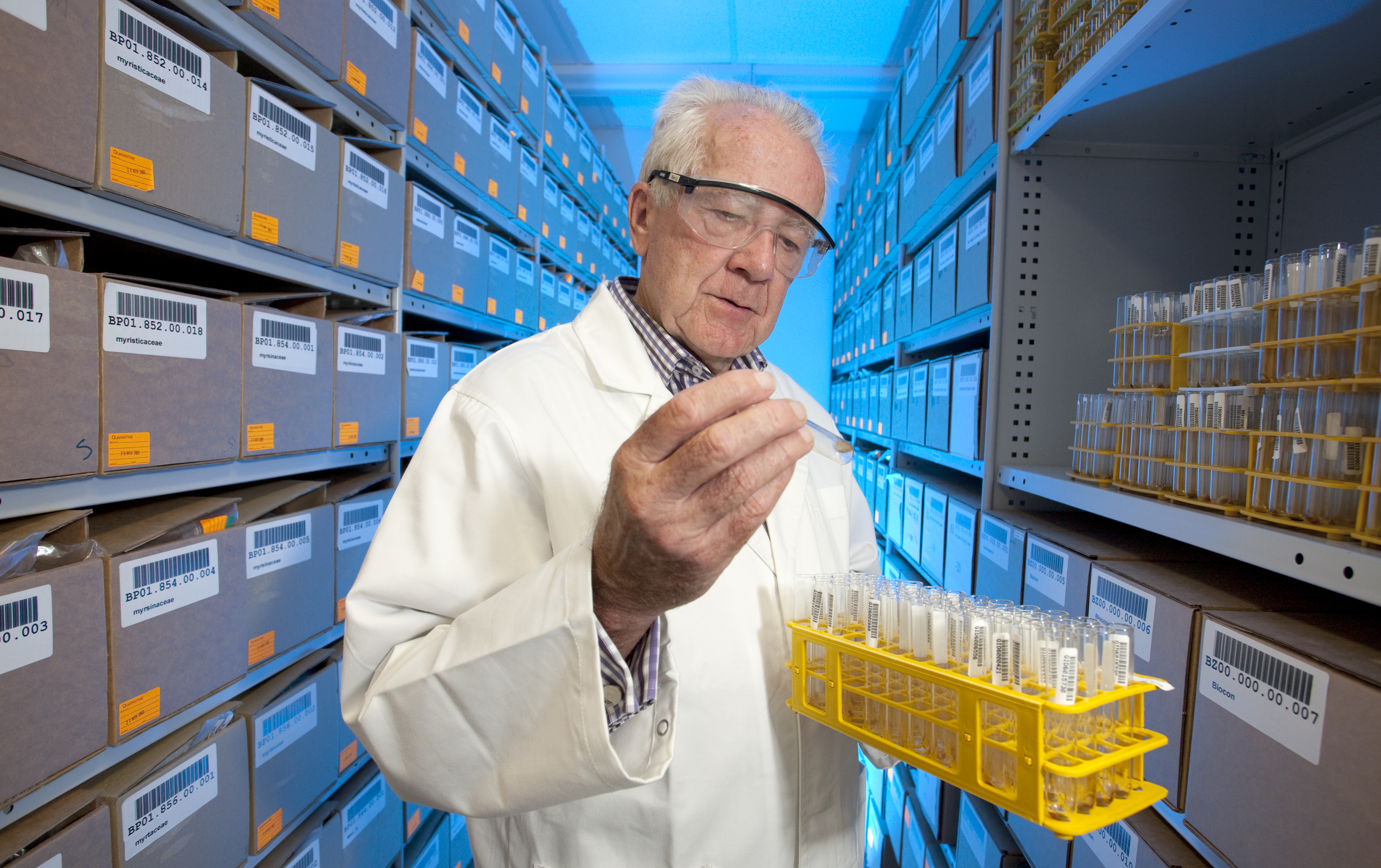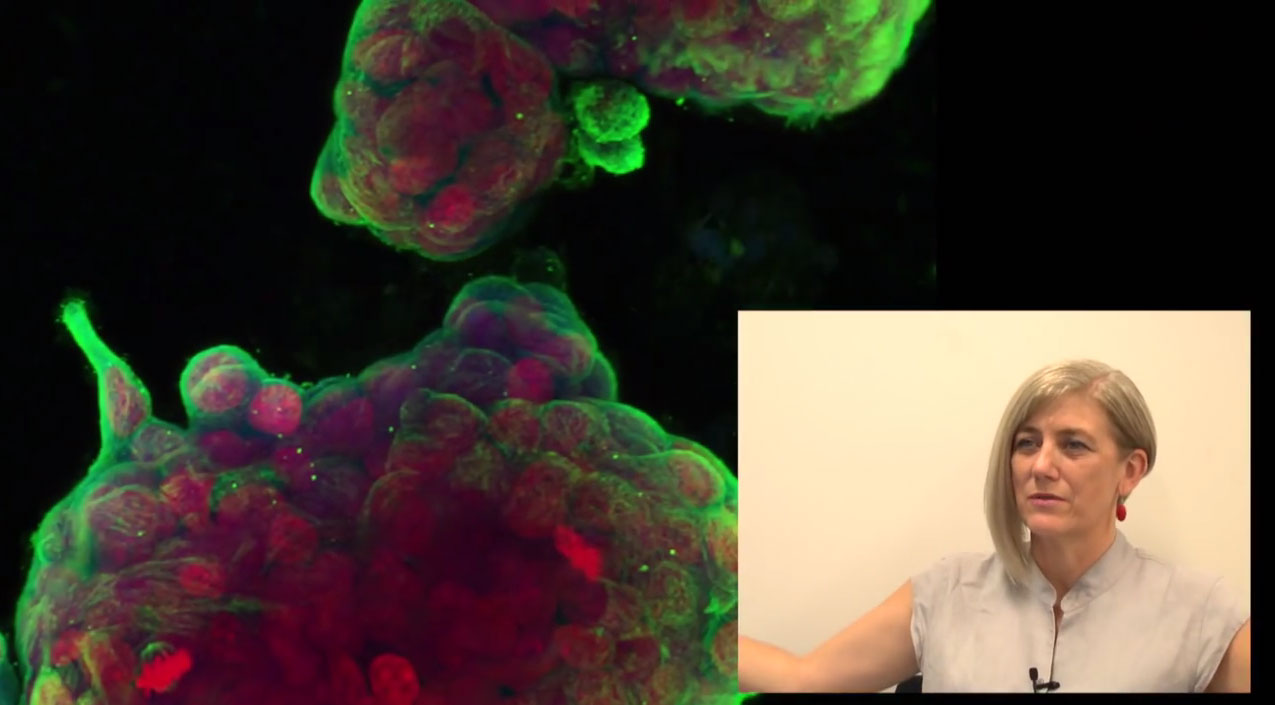Parkinson’s disease is a devastating and incurable condition that affects around 80,000 Australians and costs our country $10 billion annually.
It results from the degeneration of specific cells in the brain and the subsequent disruption of the brain circuitry. There are currently no treatments to prevent, slow or reverse the cell death that occurs. And the first main problems lies in not knowing exactly what triggers the death of these brain cells.

This is where the Queensland Parkinson’s Project comes in. This project is a research register of over 4000 people who have agreed to participate in research into the causes of Parkinson’s and related disorders with a view to learning about what causes the disease and how we can better treat the condition. The project is lead by Professor George Mellick, Deputy Director of the Eskitis Institute for Drug Discovery at Griffith University Brisbane.
New Parkinson’s disease drugs
“Our vision is to gather clues from the study of people with Parkinson’s disease and similar conditions, through clinical and population work and bring these clues into the laboratory where we can convert them into new questions to take back into patients. The laboratory studies also provide new ways of looking at the disease, enabling us as researchers to search for new drug targets and new medicines that can prevent or reverse the disease process. Our ultimate aim is to improve the quality of life for patients through a better fundamental understanding of the disease and the development of new biomarkers and drugs.”
The Queensland Parkinson’s Project at the Eskitis Institute is integrated into a platform of world-class drug discovery infrastructure that enables us to do the work.
The search
First we are able to collect and store a BioBank of samples from our Project participants including blood, DNA and tissue. This, together with extensive clinical and risk factor information enables important genetic studies for risk factors and the hunt for rare gene mutations that can cause inherited Parkinsonism. This also helps us to create and culture human cell lines, which we can use to “study Parkinson’s in a dish in the laboratory”.
This leads to a second important resource, known as the Eskitis NeuroBank, our collection of over 200 primary human cell lines available for study. Technology now enables us to create brain cells in the laboratory and to look at how these cells respond to different stresses and treatments. NeuroBank gives us the ability to screen chemicals as potential new drugs and biomarkers. There is also the capacity to adapt our cellular experiments into miniaturised formats that allows high-throughput and high-content screening of many thousands of potential new drug-like molecules for activity against Parkinson’s cells.
A third internationally unique resource is available to Eskitis Researchers that provides the opportunity to exploit the chemical diversity of the Natural World to find new medicines. This is the Eskitis Nature Bank. Nature Bank is a collection of 63,000 plant and marine specimens collected, catalogued and specifically processed as a drug discovery tool. These samples are carefully prepared into a library of extracts that can be used to screen for biological “activity” their ability to influence a relevant biological process. This also enables the discovery of the “novel” constituents of the extract with the effect. Over 60% of all currently available medicines are chemicals derived from a natural product. Eskitis medicinal chemists can identify, synthesise and adapt these new molecules to help in the drug discovery process. The Eskitis Nature Bank is being used by researchers all over the world to find new medicines and it is available for our Parkinson’s disease research.
The screening extracts are stored in at Compounds Australia – also located at Eskitis. This is Australia’s National Repository for libraries of compounds used for drug discovery. It stores compounds for Pharmaceutical Companies, Universities and organisations such as CSIRO and it distributes millions of samples annually for drug discovery research.
Integrated approach
The integrated approach of the Queensland Parkinson’s Project has already resulted in significant advances into our understanding of the symptoms of Parkinson’s disease and its risk factors. It has helped to find new genetic causes and is unravelling the cellular processes that lead to cell death. We are bring together the power of modern Drug Discovery with the diversity of Nature and our understanding of Parkinson’s disease to find new drugs to assist people with Parkinson’s and other brain diseases and to learn more about this complex conditions.





